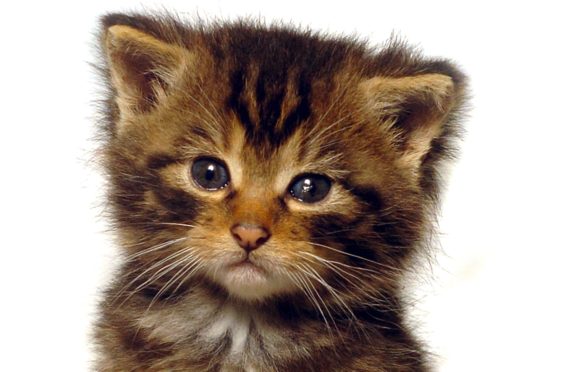
Wildlife experts have revealed plans for a new breeding centre in a last-ditch bid to save Scotland’s iconic wildcats from extinction.
The Royal Zoological Society of Scotland (RZSS) wants to build 12 timber-framed, mesh-roofed breeding enclosures and eight fenced pre-release enclosures at its Highland Wildlife Park at Kincraig, Invernessshire. Designs for the centre, which also include a wood-clad storage container, all within a biosecure fence and not visible to the public, are outlined in a planning application being considered by the Cairngorms National Park Authority (CNPA).
The RZSS wants to begin work as soon as possible on the breeding centre, which is seen as a last chance for the species after a report said there was no longer a viable population living naturally in Scotland. The report warned that, without releases, the species was “highly likely” to become extinct within just a few years.
If given the go-ahead, the centre would provide facilities for breeding, veterinary care, remote monitoring and training, with wildcats potentially being released into Cairngorms National Park from 2022.
David Barclay, RZSS cat conservation project officer, said when the scheme was announced: “The plan we are working on would aim to release 20 animals per year over a number of years, but a facility like this is critical. We are very close to losing the wildcat as one of the most iconic species in Scotland, but we’ve not lost it yet and I think that’s really important.”
The Scottish wildcat is the only wild member of the cat family to survive in Britain.
Hybridisation with feral and domestic cats is thought to pose the greatest threat to the species in Scotland. Other threats include historical and accidental persecution, disease and collisions with vehicles on roads.
RZSS, which already runs a conservation breeding programme for wildcats at the Highland Wildlife Park, is collaborating with a network of other institutions to provide animals for the pioneering wider scheme.
The proposed facility would provide the “perfect environment” for breeding genetically tested wildcats. Mr Barclay added: “What we are trying to do is create a viable population; one that has got enough genetic diversity, enough animals and enough habitat to become self-sustaining over time.”
The application was originally submitted to Highland Council and subsequently “called in” by the CNPA, which will now decide whether it can go ahead.
The CNPA said: “The application is for development of a new animal enclosure for breeding of a species of conservation significance, located at an important tourist attraction within the national park and is therefore considered to raise issues of significance to the collective aims of the national park.”

Enjoy the convenience of having The Sunday Post delivered as a digital ePaper straight to your smartphone, tablet or computer.
Subscribe for only £5.49 a month and enjoy all the benefits of the printed paper as a digital replica.
Subscribe